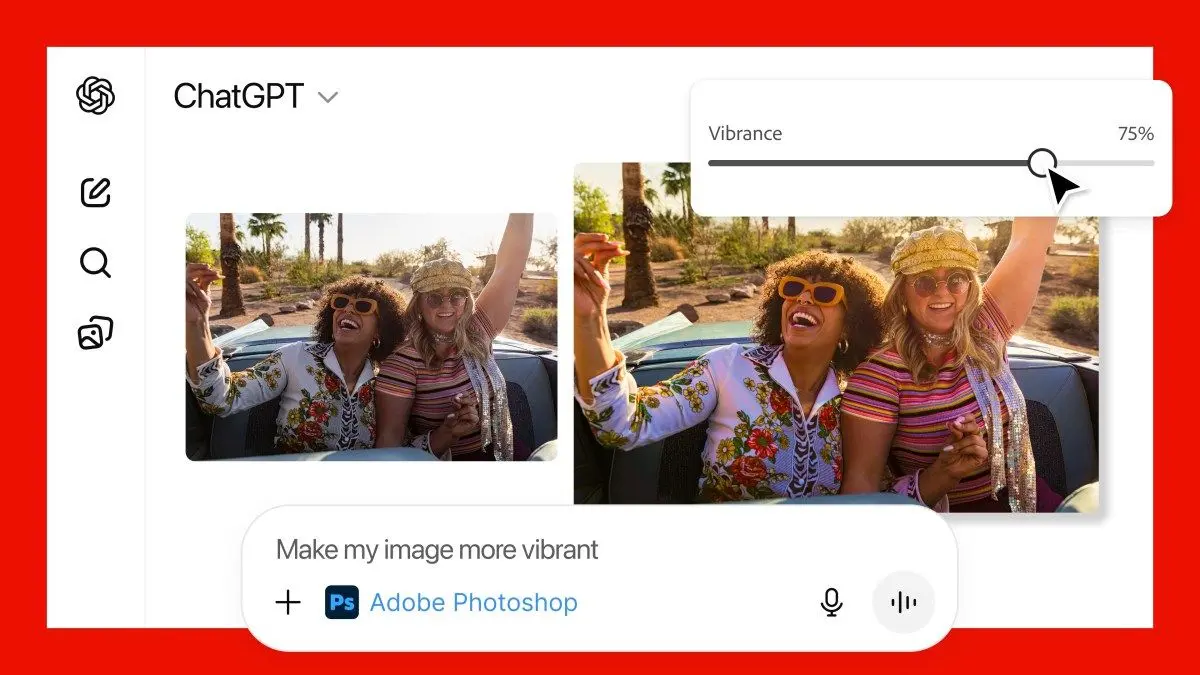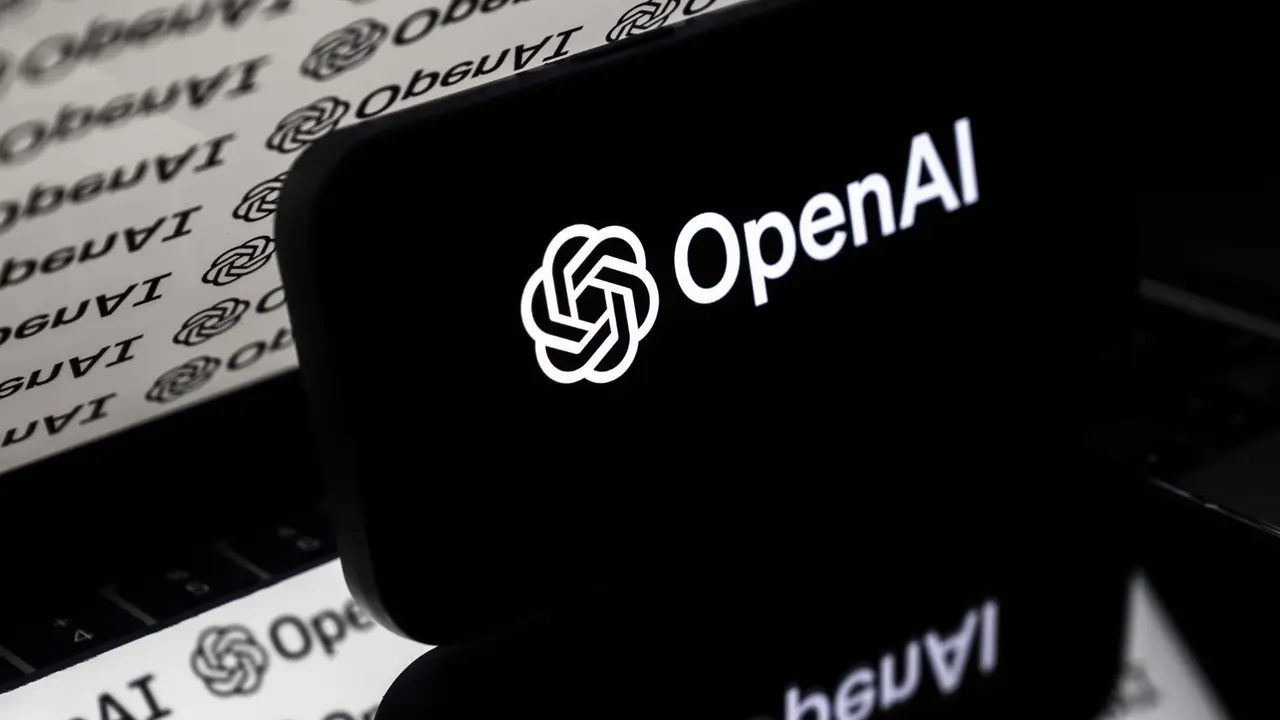The Rise of AI-Powered Digital Resurrection: Comfort, Controversy, and Ethical Concerns
3 Sources
3 Sources
[1]
When a journalist uses AI to interview a dead child, isn't it time to ask what the boundaries should be? | Gaby Hinsliff
The virtual world can bring a kind of friendship and a kind of connection, even to the grieving. But it can also facilitate exploitation of very human needs Joaquin Oliver was 17 years old when he was shot in the hallway of his high school. An older teenager, expelled some months previously, had opened fire with a high-powered rifle on Valentine's Day in what became America's deadliest high school shooting. Seven years on, Joaquin says he thinks it's important to talk about what happened on that day in Parkland, Florida, "so that we can create a safer future for everyone". But sadly, what happened to Joaquin that day is that he died. The oddly metallic voice speaking to the ex-CNN journalist Jim Acosta in an interview on Substack this week was actually that of a digital ghost: an AI, trained on the teenager's old social media posts at the request of his parents, who are using it to bolster their campaign for tougher gun controls. Like many bereaved families, they have told their child's story over and over again to heartbreakingly little avail. No wonder they're pulling desperately at every possible lever now, wondering what it takes to get dead children heard in Washington. But they also wanted, his father, Manuel, admits, simply to hear their son's voice again. His wife, Patricia, spends hours asking the AI questions, listening to him saying: "I love you, Mommy." No parent in their right mind would ever judge a bereaved one. If it's a comfort to keep the lost child's bedroom as a shrine, talk to their gravestone, sleep with a T-shirt that still faintly smells like them, then that's no business of anyone else's. People hold on to what they can. After 9/11, families listened until the tapes physically ran out to answerphone messages left by loved ones, calling home to say goodbye from burning towers and hijacked planes. I have a friend who still regularly re-reads old WhatsApp exchanges with her late sister, and another who occasionally texts her late father's number with snippets of family news: she knows he isn't there, of course, but isn't quite ready to end the conversation yet. Some people even pay psychics to commune, in suspiciously vague platitudes, with the dead. But it's precisely because it's so hard to let go that grief is vulnerable to exploitation. And there may soon be big business in digitally bringing back the dead. As with the mawkish AI-generated video Rod Stewart played on stage this week, featuring the late Ozzy Osbourne greeting various dead music legends, that might mean little more than glorified memes. Or it might be for a temporary purpose, such as the AI avatar recently created by the family of a shooting victim in Arizona to address the judge at the gunman's sentencing. But in time, it may be something more profoundly challenging to ideas of selfhood and mortality. What if it were possible to create a permanent AI replica of someone who had died, perhaps in robot form, and carry on the conversation with them for ever? Resurrection is a godlike power, not for surrendering lightly to some tech bro with a messiah complex. But while the legal rights of the living not to have their identities stolen for use in AI deepfakes are becoming more established, the rights of the dead are muddled. Reputation dies with us - the dead can't be libelled - while DNA is posthumously protected. (The 1996 birth of Dolly the sheep, a genetic clone copied from a single cell, triggered global bans on human cloning.) The law governs the respectful disposal of human tissue, but it's not bodies that AI will be trained on: it's the private voicenotes and messages and pictures of what mattered to a person. When my father died, personally I never felt he was really in the coffin. He was so much more obviously to be found in the boxes of his old letters, the garden he planted, the recordings of his voice. But everyone grieves differently. What happens if half of a family wants Mum digitally resurrected, and the other half doesn't want to live with ghosts? That the Joaquin Oliver AI can never grow up - that he will be for ever 17, trapped in the amber of his teenage social media persona - is ultimately his killer's fault, not his family's. Manuel Oliver says he knows full well the avatar isn't really his son, and he isn't trying to bring him back. To him, it seems more a natural extension of the way the family's campaign already evokes Joaquin's life story. Yet there's something unsettling about the plan to give his AI access to a social media account, to upload videos and gain followers. What if it begins hallucinating, or veering on to topics where it can't possibly know what the real Joaquin would have thought? While for now there's a telltale glitchiness about AI avatars, as technology improves it may become increasingly hard to distinguish them from real humans online. Perhaps it won't be long before companies or even government agencies already using chatbots to deal with customer inquiries start wondering if they could deploy PR avatars to answer journalists' questions. Acosta, a former White House correspondent, should arguably have known better than to muddy the already filthy waters in a post-truth world by agreeing to interview someone who doesn't technically exist. But for now, perhaps the most obvious risk is of conspiracy theorists citing this interview as "proof" that any story challenging to their beliefs could be a hoax, the same deranged lie famously peddled by Infowars host Alex Jones about the Sandy Hook school shootings. The professional challenges involved here, however, are not just for journalists. As AI evolves, we will all increasingly be living with synthetic versions of ourselves. It won't just be the relatively primitive Alexa in your kitchen or chatbot in your laptop - though already there are stories of people anthropomorphising AI or even falling in love with ChatGPT - but something much more finely attuned to human emotions. When one in 10 British adults tell researchers they have no close friends, of course there will be a market for AI companions, just as there is today for getting a cat or scrolling through strangers' lives on TikTok. Perhaps, as a society, we will ultimately decide we're comfortable with technology meeting people's needs when other humans sadly have not. But there's a big difference between conjuring up a generic comforting presence for the lonely and waking the dead to order, one lost loved one at a time. There is a time to be born and a time to die, according to the verse so often read at funerals. How will it change us as a species, when we are no longer sure which is which?
[2]
Digital resurrection: fascination and fear over the rise of the deathbot
Ozzy Osbourne appeared as an AI-generated image at a recent Rod Stewart concert, prompting questions about how the ghoulish phenomenon will affect grieving Rod Stewart had a few surprise guests at a recent concert in Charlotte, North Carolina. His old friend Ozzy Osbourne, the lead singer of Black Sabbath who died last month, was apparently beamed in from some kind of rock heaven, where he was reunited with other departed stars including Michael Jackson, Tina Turner and Bob Marley. The AI-generated images divided Stewart's fans. Some denounced them as disrespectful and distasteful; others found the tribute beautiful. At about the same time, another AI controversy erupted when Jim Acosta, a former CNN White House correspondent, interviewed a digital recreation of Joaquin Oliver, who was killed at the age of 17 in a 2018 high school shooting in Florida. The avatar of the teenager was created by his parents, who said it was a blessing to hear his voice again. In June, Alexis Ohanian, a co-founder of Reddit, posted on X an animation of his late mother hugging him when he was a child, created from a photograph. "Damn, I wasn't ready for how this would feel. We didn't have a camcorder, so there's no video of me with my mom ... This is how she hugged me. I've rewatched it 50 times," he wrote. These are just three illustrations of a growing phenomenon of "digital resurrection" - creating images and bots of people who have died using photographs, videos, voice messages and other material. Companies offering to create "griefbots" or "deathbots" abound, and questions about exploitation, privacy and their impact on the grieving process are multiplying. "It's vastly more technologically possible now because of large language models such as ChatGPT being easily available to the general public and very straightforward to use," said Elaine Kasket, a London-based cyberpsychologist. "And these large language models enable the creation of something that feels really plausible and realistic. When someone dies, if there are enough digital remains - texts, emails, voice notes, images - it's possible to create something that feels very recognisable." Only a few years ago, the idea of "virtual immortality" was futuristic, a techno-dream beyond the reach of ordinary people. Now, interactive avatars can be created relatively easily and cheaply, and demand looks set to grow. A poll commissioned by the Christian thinktank Theos and carried out by YouGov in 2023 found that 14% of respondents agreed they would find comfort in interacting with a digital version of a loved one who had died. The younger the respondent, the more likely they were to be open to the idea of a deathbot. The desire to preserve connections with dead loved ones is not new. In the past, bereaved people have retained precious personal items that help them feel close to the person they have lost. People pore over photos, watch videos, replay voice messages and listen to music that reminds them of the person. They often dream of the dead, or imagine they glimpse them across a room or in the street. A few even seek contact via seances. "Human beings have been trying to relate to the dead ever since there were humans," said Michael Cholbi, a professor of philosophy at the University of Edinburgh and the author of Grief: A Philosophical Guide. "We have created monuments and memorials, preserved locks of hair, reread letters. Now the question is: does AI have anything to add?" Louise Richardson, of York university's philosophy department and a co-investigator on a four-year project on grief, said bereaved people often sought to "maintain a sense of connection and closeness" with a dead loved one by visiting their grave, talking to them or touching items that belonged to them. "Deathbots can serve the same purpose, but they can also be disruptive to the grieving process," she said. "They can get in the way of recognising and accommodating what has been lost, because you can interact with a deathbot in an ongoing way." For example, people often wonder what a dead loved one might have done or said in a specific situation. "Now it feels like you are able to ask them." But deathbots may also provide "sanitised, rosy" representations of a person, said Cholbi. For example, someone creating a deathbot of their late granny may choose not to include her casual racism or other unappealing aspects of her personality in material fed into an AI generator. There is also a risk of creating a dependency in the living person, said Nathan Mladin, the author of AI and the Afterlife, a Theos report published last year. "Digital necromancy is a deceptive experience. You think you're talking to a person when you're actually talking to a machine. Bereaved people can become dependent on a bot, rather than accepting and healing." The boom in digital clones of the dead began in the far east. In China, it can cost as little as 20 yuan (£2.20) to create a digital avatar of a loved one, but according to one estimate the market was worth 12bn yuan (£1.2bn) in 2022 and was expected to quadruple by 2025. More advanced, interactive avatars that move and converse with a client can cost thousands of pounds. Fu Shou Yuan International Group, a major funeral operator, has said it is "possible for the dead to 'come back to life' in the virtual world". According to the China Funeral Association, the cost is about 50,000 yuan per deceased person. The exploitation of grief for private profit is a risk, according to Cholbi, although he pointed to a long history of mis-selling and upselling in the funeral business. Kasket said another pitfall was privacy and rights to digital remains. "A person who's dead has no opportunity to consent, no right of reply and no control." The fraudulent use of digital material to create convincing avatars for financial gain was another concern, she added. Some people have already begun stipulating in their wills that they do not want their digital material to be used after their death. Interactive avatars are not just for the dead. Abba Voyage, a show that features digital versions of the four members of the Swedish pop group performing in their heyday, has been a runaway success, making about £1.6m each week. Audiences thrill - and sing along - to the exhilarating experience while the band's members, now aged between 75 and 80, put their feet up at home. More soberly, the UK's National Holocaust Centre and Museum launched a project in 2016 to capture the voices and images of Holocaust survivors to create interactive avatars capable of answering questions about their experiences in the Nazi death camps long into the future. According to Cholbi, there is an element of "AI hype" around deathbots. "I don't doubt that some people are interested in this, and I think it could have some interesting therapeutic applications. It could be something that people haul out periodically - I can imagine they bring out the posthumous avatar of a deceased relative at Christmas dinner or on their birthday. "But I doubt that people will try to sustain their relationships with the dead through this technology for very long. At some point, I think most of us reconcile ourselves with the fact of death, the fact that the person is dead. "This isn't to say that some people might really dive into this, but it does seem to be a case where maybe the prospects are not as promising as some of the commercial investors might hope." For Mladin, the deathbot industry raises profound questions for ethicists and theologians. The interest in digital resurrection may be a consequence of "traditional religious belief fading, but those deeper longings for transcendence, for life after death, for the permanence of love are redirected towards technological solutions," he said. "This is an expression of peak modernity, a belief that technology will conquer death and will give us life everlasting. It's symptomatic of the kind of culture we inhabit now." Kasket said: "There's no question in my mind that some people create these kinds of phenomena and utilise them in ways that they find helpful. But what I'm concerned about is the way various services selling these kinds of things are pathologising grief. "If we lose the ability to cope with grief, or convince ourselves that we're unable to deal with it, we are rendered truly psychologically brittle. It is not a pathology or a disease or a problem for technology to solve. Grief and loss are part of normal human experience."
[3]
An AI version of you could live forever -- but who would 'you'...
Living forever was once the stuff of sci-fi fantasy and Oasis song lyrics. No more. A digital recreation of you with no expiration date can be created for those who possess the money and desire. Tech entrepreneurs are happily building AI-powered versions of human beings after their flesh and organs give way to reality. For the most part, it's been embraced by people who are aging or ill and want to leave versions of themselves behind after they pass away, rather than being solely driven by vanity. For some, even the artificial can bring a sense of closure. A New York widow felt relief when her dead husband made clear, via AI, that he was not in hell. And a German woman who took solace in a version of her deceased mom finding out she was a grandmother. Beyond providing comfort for his children and grandchildren after he's gone, Michael Staenberg, a 73-year-old high-net-worth real estate developer in St. Louis, is excited to leave behind a legacy of himself that could inspire others forever. "I want to provide future generations with the opportunity to ask me how I lived and how I succeeded," he told The Post, adding that he is working with a tech company called StoryFile that offers elaborate set-ups worthy of Hollywood productions -- with the results to match. "Maybe I can be a mentor. That is what excites me." However, such technology, when used politically and without advance permission of the deceased, also generates controversy. For instance, Joaquin Oliver, one of 17 people killed in the Parkland, Florida, Marjory Stoneman Douglas High School mass shooting of 2018, spoke again this week via artificial intelligence. Jim Acosta, the former chief White House Correspondent of CNN, interviewed the AI iteration of Oliver, who was gunned down at age 17, on Monday night. Produced with the blessing of father Manuel Oliver, the computer animated face of Joaquin spoke in a voice which lacked normal intonations of the living but answered questions clearly. Referring to gun violence, he said, "It's important to talk about these issues so we can create a safer future for everyone." There have been questions about the impact of using an AI version of Oliver to comment on gun violence. "This use of AI takes advantage of the circumstance," Daniel Chapin, founder and national director of the Uvalde Foundation for Kids, told The Post. "[It] takes away the human reality of a very real event. It gets watered down." Questions also loom about the ethics of computer-driven Oliver answering questions the real Oliver could not have considered. "This interview style can't possibly represent what this child wants to say in any reasonable way," Hamy Farid, a Berkley University professor who focuses on digital forensics, told the Washington Post. "There are plenty of opportunities to use real victims . . . without resorting to this sort of stunt." Still, the technology is being widely embraced. At best, it works like this: The person who will become an AI avatar is interviewed and filmed while still alive. They provide answers to a wide range of questions which form the basis of an AI self. After the fact, an AI version of the person is created post-death, with voicemails, text messages, recordings and videos from everyday life added in to help create the everlasting version. The artificial intelligence then draws on this database and has the ability to interpret it and discuss topics -- even ones which were not included in the source material, so the dead can interact with the living. Jason Gowin, a Pennsylvania-based comedian and co-host of a podcast called The Parent's Lounge, who's battling colon cancer is creating an AI version of himself to leave behind for his three children. "For weddings and graduations and birthdays, my children will be able to speak with me," Gowin told The Post. His wife, who suffered a stroke after childbirth and has recovered, is creating an AI version of herself as well. "Those messages are already in there. This is something that my son has actually helped us build. He calls [the AI version of Gowin] Robo Dad." For the moment, Gowin, working with a West Coast company called You, Only Virtual, is all audio, but he is expecting video to be available over the course of the next six months or so. And that will be handy, he said, "When my kids are older and they want to have a deep conversation with Robo Dad." You, Only Virtual charges $20 per month when customers choose to voice chat with their loved ones (otherwise, there is no fee for a stagnant AI), and offers a text-based service for free. Justin Harrison, who heads up You, Only Virtual, came up with the technology when his mother was dying. "My mom is very preserved digitally," Harrison told The Post. "She was alive when we were building this. She got to meet herself digitally and that was a very cool experience." While Harrison's mother knew that she would be getting the opportunity to sort of live on with her son, for some it also happens after the fact, unbeknownst to them. Unable to summon the dead, relatives and friends turn to tech and do the next best thing. While there are those who question the ethics of reanimating a person who never saw it coming, Harrison has no such reservations. "It's not illegal and I equate it to taking a letter for the building of a memory book," he said. "My mom's gone. I'm here surviving in the world, making do without her. Our concern is with people who are still on Earth and still living." Taking the concept further, Alex Quinn is CEO of Authentic Interactions, the parent company of StoryFile, which uses cutting edge techniques and charges fees that can hit six figures. The next generation of their technology, he told The Post, will make conversations with the deceased seem as natural as a call on Zoom or FaceTime. In order to get there, StoryFile's sessions feature lights, camera, producer, green screen, family members often in the room, the voicing of phrases sure to come up -- such as, "I love you, too" and "I don't have an answer for that right now" -- and several hundred questions asked of the subject. They might pertain to childhood recollections, landmark moments in life and how the person would respond to events likely to happen in the future. As for what might have been discussed on question 1,001, that is where AI shines. "Through the source material, you can make it sound and feel like a real conversation, to the extent that you've taken enough information to answer the question," said Quinn. "But if you ask what the person thought of today's Wall Street Journal, that's obviously not in the reference data. "Then you're looking at probabilistic [as in predictive] language models to produce those outputs. Our job is to make it as authentic as possible." In accordance with its mission to preserve the future, StoryFile has also partnered with the National Medal of Honor Museum in Arlington, Texas, to launch "The Virtual Recipient" an AI-powered interactive exhibit that allows visitors to engage in lifelike conversations with five Vietnam War Medal of Honor recipients. The exhibit enables guests to ask questions and receive authentic, pre-recorded video responses from: Jack Jacobs, Melvin Morris, Pat Brady, Tommy Norris, and Paris Davis, creating a personal and immersive experience. The point of it all is to leave a mark when you leave the earth. "People seek emotional comfort after someone passes," said Quinn. "But, for me, it might be a little less about the emotional comfort and more about preserving the stories and memories that otherwise would assuredly be lost. No one wants to be forgotten; no matter who you are."
Share
Share
Copy Link
As AI technology advances, the creation of digital avatars of deceased individuals is becoming increasingly common, sparking debates about ethics, grief, and the boundaries of technology in preserving human connections.
The Emergence of Digital Resurrection
In recent years, the concept of "digital resurrection" has moved from science fiction to reality. Artificial Intelligence (AI) is now being used to create digital avatars of deceased individuals, sparking both fascination and controversy. This technology, often referred to as "griefbots" or "deathbots," uses photographs, videos, voice messages, and other digital remnants to recreate a person's likeness and personality
1
2
.High-Profile Cases and Public Reaction
Several recent incidents have brought this technology into the spotlight. Rod Stewart's concert featured AI-generated images of deceased music legends, including Ozzy Osbourne and Michael Jackson
2
. In a more controversial case, an AI recreation of Joaquin Oliver, a victim of the 2018 Parkland school shooting, was interviewed by former CNN correspondent Jim Acosta1
3
. These events have divided public opinion, with some finding them touching tributes and others viewing them as disrespectful or exploitative.The Technology Behind Digital Avatars
Companies like StoryFile and You, Only Virtual are at the forefront of this technology. The process typically involves interviewing and filming the person while they're alive, creating a database of responses and personality traits. After death, AI uses this information to generate responses to new questions, even on topics not explicitly covered in the original material
3
.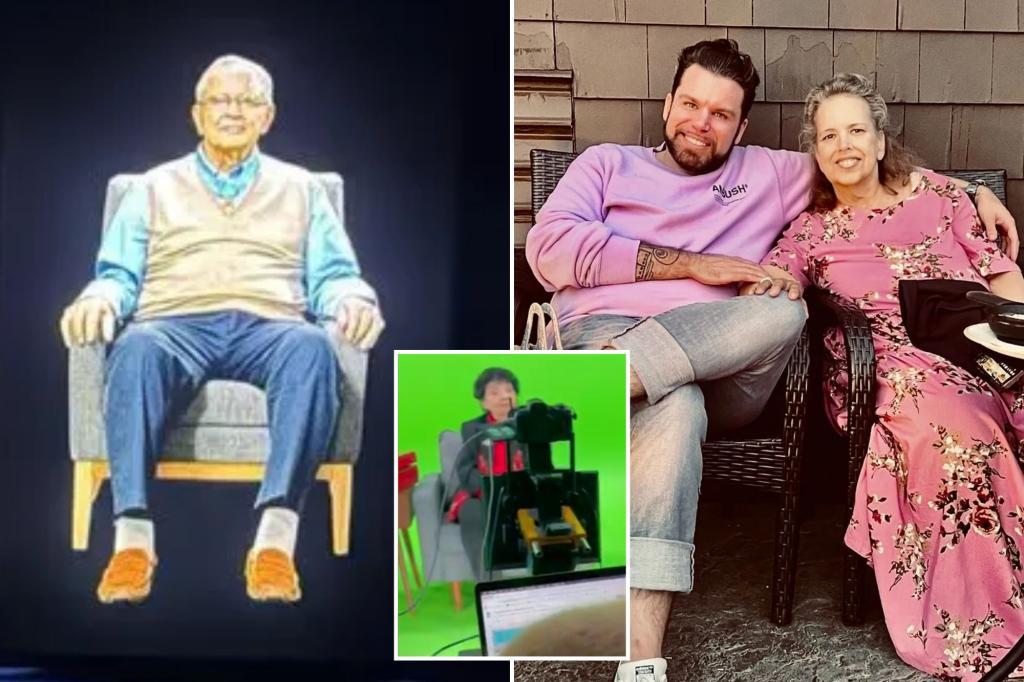
Source: New York Post
Motivations and Applications
For many, the primary motivation is preserving connections with loved ones. Michael Staenberg, a 73-year-old real estate developer, sees it as a way to mentor future generations
3
. Jason Gowin, battling colon cancer, is creating an AI version of himself for his children to interact with at future milestones3
.Ethical Concerns and Debates
The rise of digital resurrection has sparked numerous ethical debates. Key concerns include:
- Consent and privacy: The deceased cannot give permission for their digital recreation
1
. - Exploitation: There are worries about the commercialization of grief
1
. - Impact on the grieving process: Some experts argue that these avatars might hinder acceptance of loss
2
. - Authenticity: Questions arise about how accurately these avatars represent the deceased, especially regarding complex or controversial topics
1
3
.
Related Stories
Psychological Impact and Grieving
Experts are divided on how this technology affects the grieving process. While some see it as a natural extension of how we remember the dead, others worry it might create unhealthy dependencies or prevent proper closure
2
. A 2023 YouGov poll found that 14% of respondents would find comfort in interacting with a digital version of a deceased loved one, with younger generations more open to the idea2
.Future Prospects and Market Growth
The market for digital resurrection technology is growing rapidly, especially in countries like China. Estimates suggest the market was worth about £1.3 billion in 2022 and could quadruple by 2025
2
. As technology advances, we can expect more realistic and interactive avatars, potentially blurring the lines between digital and physical presence even further.Conclusion
As AI-powered digital resurrection becomes more accessible and sophisticated, society faces complex questions about the boundaries of technology, the nature of grief, and the ethics of posthumous representation. While it offers comfort to many, it also challenges our traditional notions of life, death, and memory.
References
Summarized by
Navi
[1]
[3]
Related Stories
AI Afterlife: How Digital Grief Tech is Reshaping Mourning
13 Sept 2025•Technology
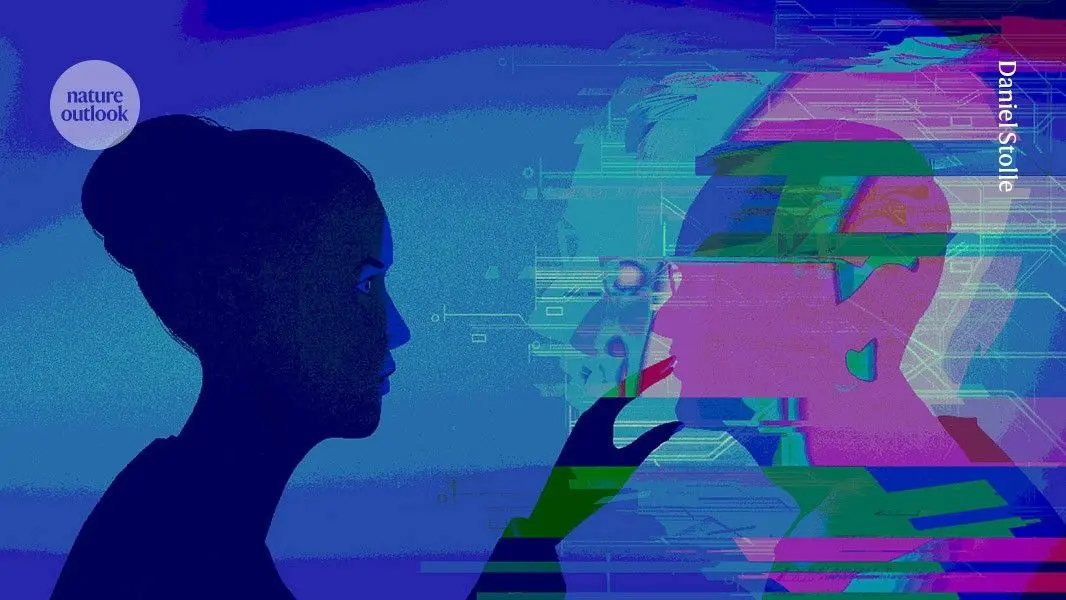
The Ethical Dilemma of AI-Powered 'Digital Resurrection': Comfort or Exploitation?
31 Oct 2024•Technology

The Rise of AI Deadbots: Digital Resurrection Sparks Ethical Debates and Economic Opportunities
28 Aug 2025•Technology
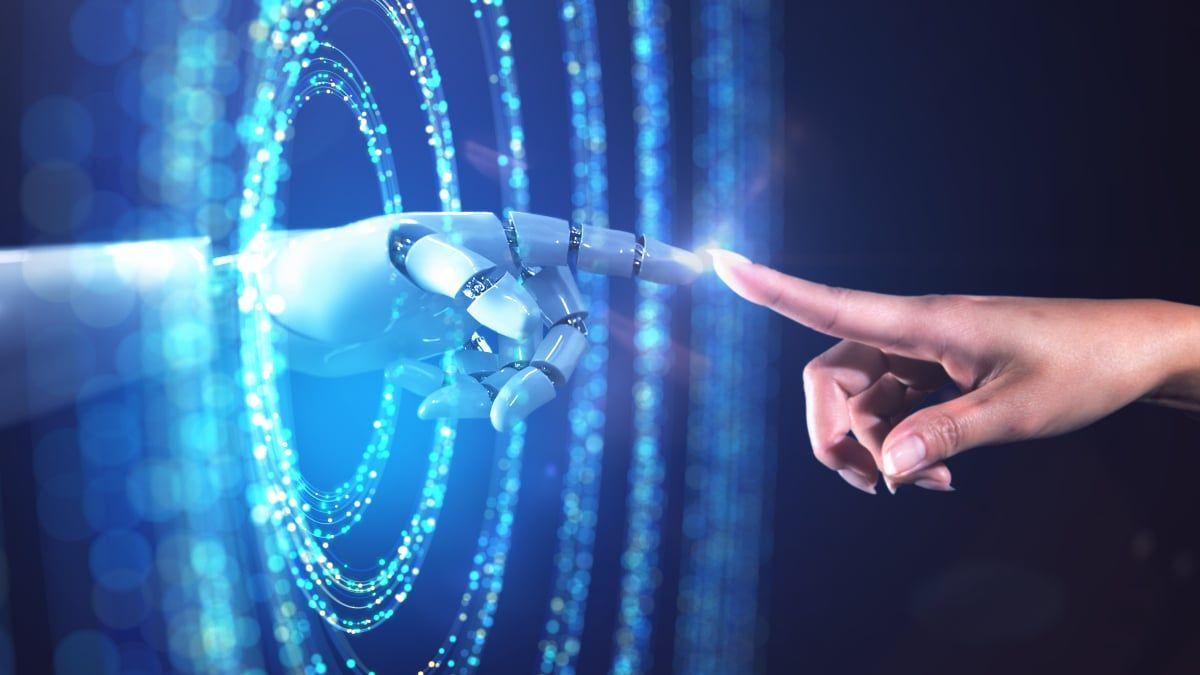
Recent Highlights
1
AI Chatbots Sway Voters More Effectively Than Traditional Political Ads, New Studies Reveal
Science and Research

2
Google AI glasses set to launch in 2026 with Gemini and Android XR across multiple partners
Technology
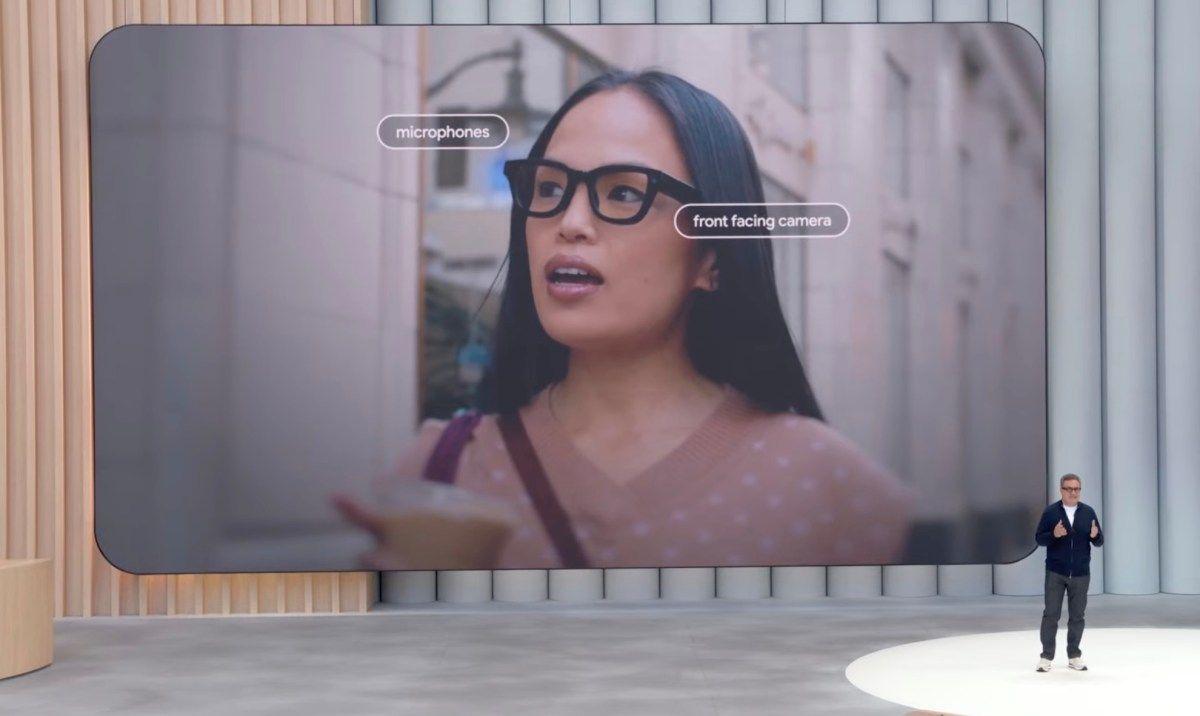
3
EU Launches Antitrust Probe Into Google's AI Training Practices and Content Usage
Policy and Regulation


